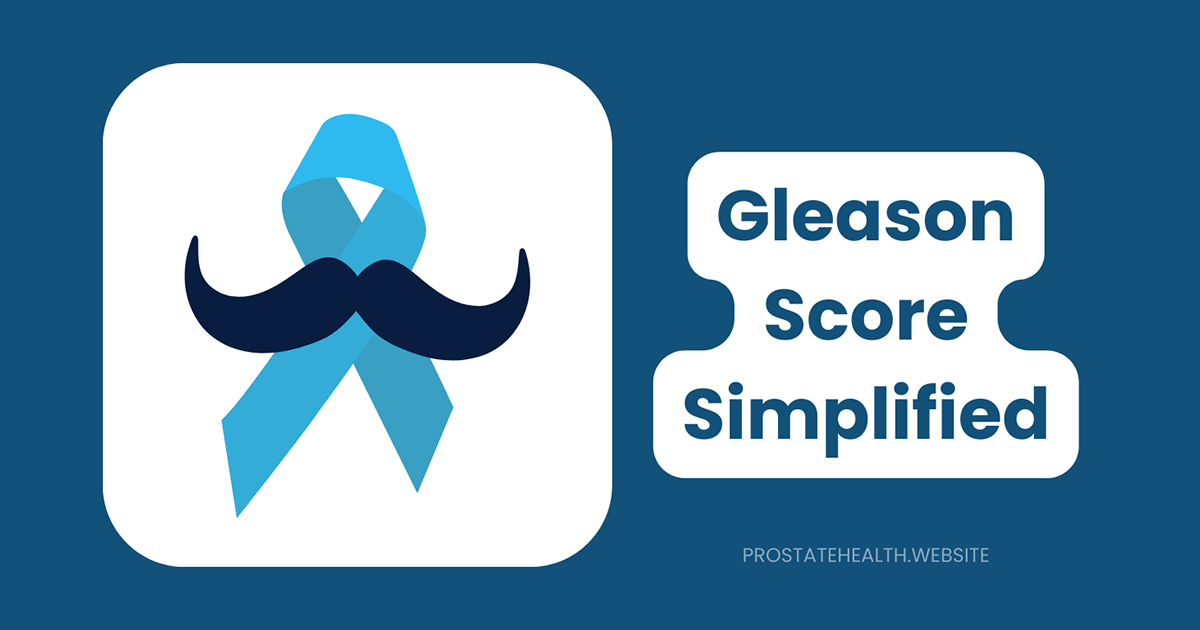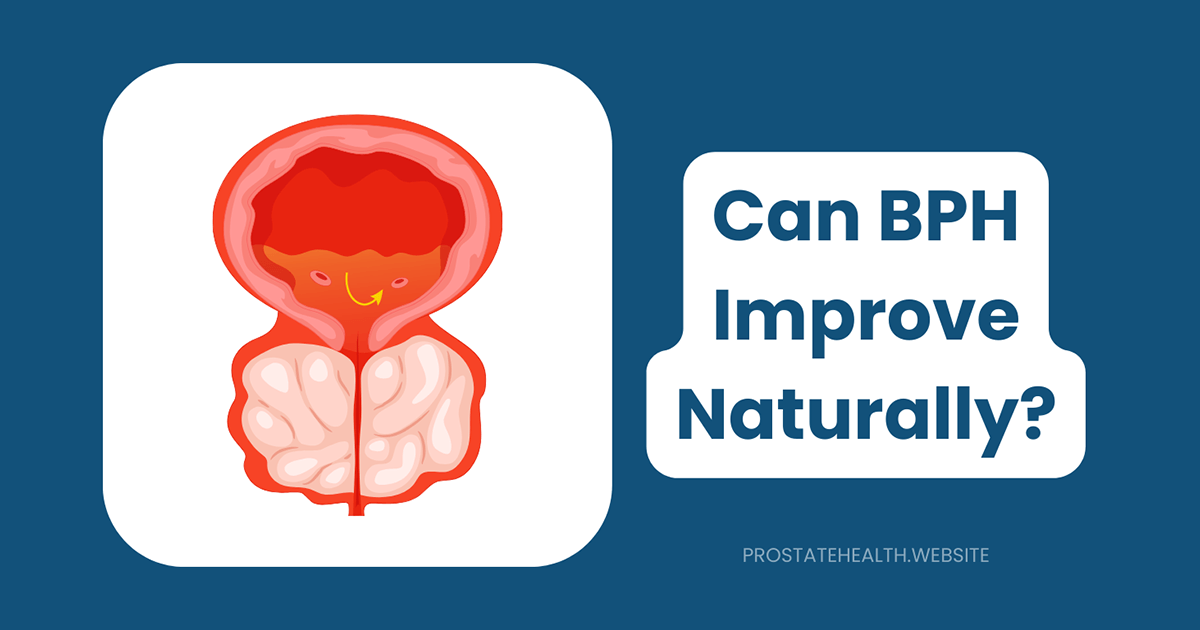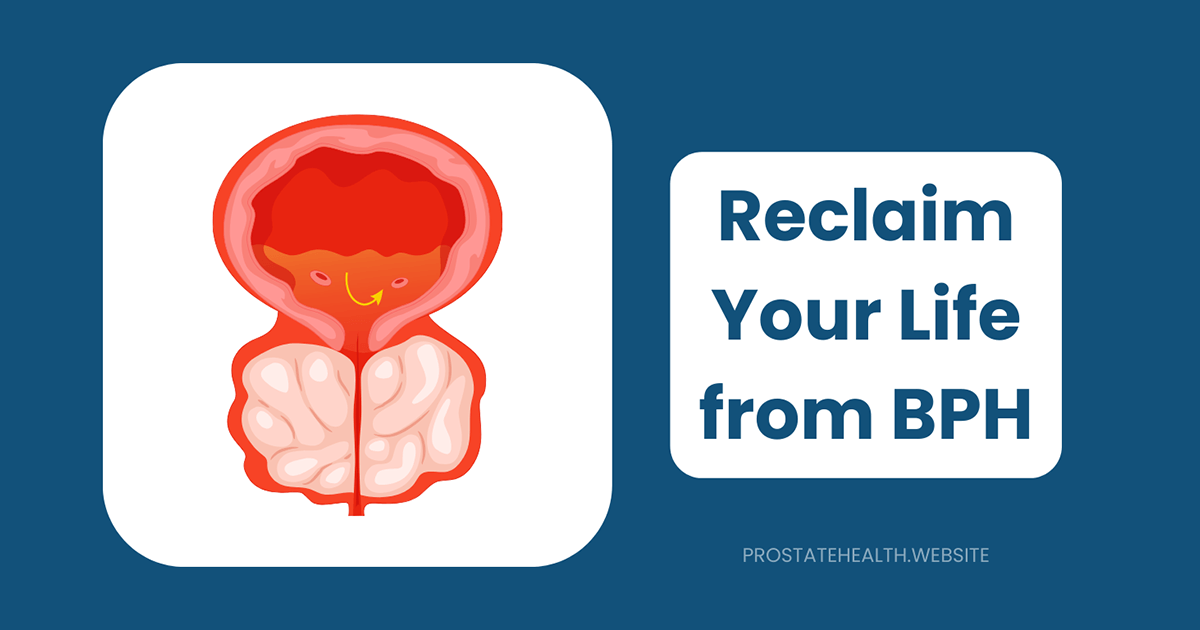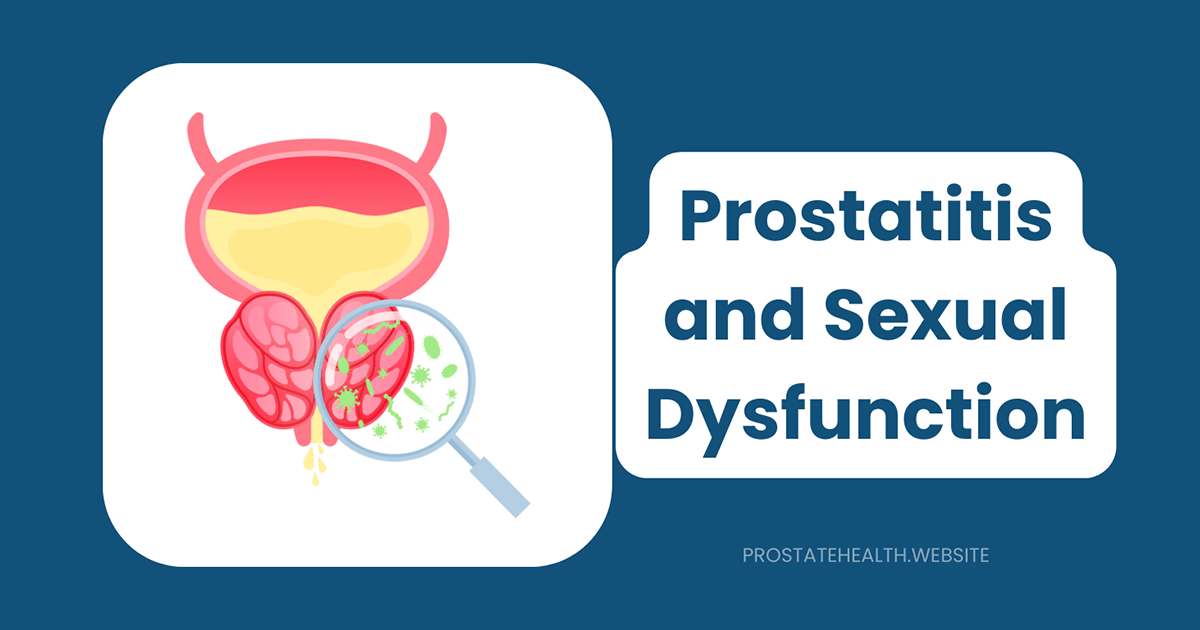Gleason Score: Understanding Your Prostate Cancer Grade

If you or a loved one has recently been diagnosed with prostate cancer, you’ve likely encountered the term “Gleason score” in discussions with your healthcare team. This crucial number plays a significant role in understanding your diagnosis and guiding treatment decisions, yet many patients find it confusing or overwhelming.
As someone who has guided countless men through their prostate cancer journeys, I’ve seen firsthand how empowering it can be when patients truly understand what their Gleason score means. Knowledge transforms uncertainty into clarity and helps you become an active participant in your treatment decisions.
In this comprehensive guide, we’ll demystify the Gleason score system, explain what your numbers mean, and help you understand how this information influences your prognosis and treatment options.
What Is the Gleason Score?
The Gleason score is a grading system used to evaluate how aggressive your prostate cancer appears under a microscope. Named after Dr. Donald Gleason, who developed the system in the 1960s, it remains one of the most important predictors of prostate cancer behavior and outcomes.
When a pathologist examines tissue samples from your prostate biopsy, they’re looking at the architecture of the cells—specifically, how the cancer cells are arranged and how much they differ from normal, healthy prostate tissue.
Dr. James Thompson, urologic oncologist at Metropolitan Cancer Center, explains: “The Gleason score helps us distinguish between cancers that may grow slowly and never cause problems from those that are more likely to grow quickly and spread. This distinction is crucial for making appropriate treatment recommendations.”
How Is the Gleason Score Determined?
Understanding how your Gleason score is calculated can help you make sense of the numbers in your pathology report:
The Grading Process
- Pattern identification: The pathologist identifies the two most common patterns of cancer cell growth in your biopsy samples.
- Pattern grading: Each pattern is assigned a grade from 1 to 5:
- Grade 1: Cells look very similar to normal prostate cells (well-differentiated)
- Grade 2: Cells are still fairly organized but show some abnormalities
- Grade 3: Cells show moderate abnormalities in organization
- Grade 4: Cells appear quite abnormal with irregular borders
- Grade 5: Cells look very abnormal with little to no recognizable gland structure (poorly differentiated)
- Score calculation: The grades of the two most prevalent patterns are added together to create the Gleason score, which ranges from 6 to 10 in clinical practice.
Example of Gleason Score Calculation
If the most common pattern in your biopsy is grade 3, and the second most common pattern is grade 4, your Gleason score would be written as 3+4=7. This is different from a Gleason score of 4+3=7, where grade 4 is the predominant pattern.
This distinction is important because a Gleason 4+3=7 cancer generally has a worse prognosis than a 3+4=7 cancer, even though both add up to the same total score.
The Modern Grade Group System
In 2014, the International Society of Urological Pathology (ISUP) introduced a simplified Grade Group system to address some limitations of the traditional Gleason score. This system has been endorsed by the World Health Organization and is now widely used alongside the Gleason score:
| Grade Group | Gleason Score | What It Means |
| 1 | 6 or less (3+3) | Least aggressive; cancer cells look similar to normal cells |
| 2 | 7 (3+4) | Predominantly well-formed glands with some poorly-formed glands |
| 3 | 7 (4+3) | Predominantly poorly-formed glands with some well-formed glands |
| 4 | 8 (4+4, 3+5, 5+3) | Very abnormal cells with little gland formation |
| 5 | 9-10 (4+5, 5+4, 5+5) | Most aggressive; cancer cells look very different from normal cells |
Dr. Sarah Chen, pathologist specializing in genitourinary cancers, notes: “The Grade Group system makes it easier for patients to understand their cancer’s aggressiveness. It also addresses the confusion many patients felt when told they had a Gleason 6 cancer—which sounds like a middle-grade cancer but is actually the lowest grade we diagnose.”
What Your Gleason Score Means for Prognosis
Your Gleason score provides important information about how your cancer might behave:
Grade Group 1 (Gleason Score 6)
- Behavior: Typically grows very slowly
- Risk of progression: Low risk of spreading outside the prostate
- 5-year progression-free survival after treatment: Approximately 96%
- Management options: Often suitable for active surveillance in many cases
Grade Group 2 (Gleason Score 3+4=7)
- Behavior: Grows moderately slowly
- Risk of progression: Intermediate risk of spreading
- 5-year progression-free survival after treatment: Approximately 88%
- Management options: May be suitable for active surveillance in select cases; definitive treatment often recommended
Grade Group 3 (Gleason Score 4+3=7)
- Behavior: Grows at a moderate rate
- Risk of progression: Intermediate to high risk of spreading
- 5-year progression-free survival after treatment: Approximately 63%
- Management options: Definitive treatment typically recommended
Grade Group 4 (Gleason Score 8)
- Behavior: Tends to grow more quickly
- Risk of progression: High risk of spreading
- 5-year progression-free survival after treatment: Approximately 48%
- Management options: Definitive treatment strongly recommended, often with a multimodal approach
Grade Group 5 (Gleason Score 9-10)
- Behavior: Typically grows quickly
- Risk of progression: Very high risk of spreading
- 5-year progression-free survival after treatment: Approximately 26%
- Management options: Aggressive multimodal treatment typically recommended
It’s important to note that recent research from 2025 has identified prognostic differences even within the same Grade Group, particularly for high-grade cancers. For example, within Grade Group 4, a Gleason score of 3+5 may have a different prognosis than 4+4 or 5+3.
Beyond the Numbers: Other Factors That Matter
While the Gleason score is important, it’s just one piece of the puzzle. Your healthcare team will consider several other factors when assessing your prognosis and recommending treatment:
PSA Level
Your prostate-specific antigen (PSA) blood level provides additional information about your cancer’s extent and aggressiveness.
Clinical Stage
This describes how far the cancer has spread based on physical examination and imaging studies:
- T1: Cancer not detectable by digital rectal exam (DRE) or visible on imaging
- T2: Cancer confined to the prostate but detectable by DRE or visible on imaging
- T3: Cancer extends beyond the prostate capsule
- T4: Cancer has invaded adjacent structures
Percentage of Positive Cores
The proportion of biopsy samples containing cancer can indicate how extensive the cancer is within the prostate.
Genomic Testing
For some patients, additional molecular tests may provide more information about how the cancer might behave:
- Oncotype DX Genomic Prostate Score
- Prolaris
- Decipher
- ProMark
Robert, a 67-year-old diagnosed with Gleason 3+4=7 prostate cancer, shares his experience: “When I first heard my Gleason score was 7, I was terrified. But my urologist explained that it was 3+4, which has a better outlook than 4+3. We also looked at my PSA trend and the percentage of cores involved. This comprehensive view helped me decide on robotic prostatectomy rather than radiation, and three years later, I remain cancer-free.”
Common Questions About Gleason Scores
Is Gleason 4+3=7 worse than 3+4=7?
Yes. Although both add up to a score of 7, Gleason 4+3=7 (Grade Group 3) indicates that the more aggressive pattern 4 is predominant, while in Gleason 3+4=7 (Grade Group 2), the less aggressive pattern 3 is predominant. Studies show that Gleason 4+3=7 cancers have a significantly higher risk of progression and mortality than 3+4=7 cancers.
Is a Gleason score of 7 a death sentence?
Absolutely not. A Gleason score of 7 represents an intermediate-grade cancer with excellent treatment outcomes in most cases. The 10-year prostate cancer-specific survival rate for men with Gleason 7 cancer is over 90% with appropriate treatment. Many men with Gleason 7 cancers live full lives without their cancer returning or spreading.
Can my Gleason score change over time?
The Gleason score itself doesn’t change, but untreated cancer can progress to a higher grade over time. Additionally, if you’re on active surveillance and undergo repeat biopsies, a higher grade might be found that wasn’t sampled in the initial biopsy. This is called “upgrading” and is one reason why active surveillance protocols include regular monitoring.
Why don’t pathologists use Gleason scores below 6?
Although the Gleason system technically includes grades 1-5, in modern clinical practice, pathologists rarely assign scores below 6. This is because lower-grade patterns are difficult to distinguish from benign conditions, and virtually all clinically significant prostate cancers have a Gleason score of at least 6.
Is there a difference between Gleason scores from a biopsy versus after surgery?
Yes. About 30-40% of men will have their Gleason score “upgraded” after surgery when the entire prostate is examined, compared to the limited sampling from a biopsy. This is one reason why your doctor considers multiple factors when making treatment recommendations.
How Your Gleason Score Influences Treatment Decisions
Your Gleason score plays a crucial role in determining appropriate treatment options:
Grade Group 1 (Gleason 6)
- Active surveillance: Often the preferred approach, involving regular monitoring with PSA tests, digital rectal exams, and periodic biopsies
- Focal therapy: In some cases, targeted treatment of just the cancerous area may be considered
- Definitive treatment: Surgery or radiation therapy may be recommended based on other risk factors or patient preference
Grade Group 2 (Gleason 3+4=7)
- Active surveillance: May be appropriate for select patients with limited cancer volume and favorable characteristics
- Surgery (radical prostatectomy): Removal of the entire prostate
- Radiation therapy: External beam radiation or brachytherapy (internal radiation)
Grade Group 3 (Gleason 4+3=7)
- Surgery: Often recommended as a primary treatment
- Radiation therapy: Typically with longer-term hormone therapy
- Multimodal approach: Sometimes combining treatments for optimal outcomes
Grade Groups 4-5 (Gleason 8-10)
- Multimodal therapy: Often combining surgery or radiation with hormone therapy
- Extended hormone therapy: Typically recommended with radiation
- Clinical trials: May be considered for access to newer treatment approaches
Michael, 59, diagnosed with Gleason 4+4=8 cancer, shares: “My high Gleason score was scary, but it also made the treatment decision clearer. My doctors recommended a multimodal approach—surgery followed by radiation when my PSA started to rise slightly. Five years later, my PSA remains undetectable. I’m grateful we took an aggressive approach based on my Gleason score.”
Recent Developments in Gleason Scoring
The field continues to evolve, with several important developments worth noting:
Prognostic Heterogeneity Within Grade Groups
Research published in 2025 has highlighted that there can be significant prognostic differences among cancers within the same Grade Group. For example, within Grade Group 4, patients with Gleason 3+5 may have different outcomes than those with 4+4 or 5+3. This suggests that reporting the specific Gleason score remains important, even with the simplified Grade Group system.
Debate About Renaming Grade Group 1
There has been ongoing discussion about potentially renaming Grade Group 1 (Gleason 6) cancers to reduce overtreatment. Proponents argue that using terms like “indolent lesion of epithelial origin” instead of “cancer” might reduce unnecessary interventions. However, many experts caution that Gleason 6 cancers still require monitoring, as they can progress over time and have molecular features consistent with cancer.
Artificial Intelligence in Gleason Grading
AI systems are being developed to assist pathologists in Gleason grading, potentially improving consistency and accuracy. Early studies show promising results, with some AI systems performing at a level comparable to experienced uropathologists.
Taking an Active Role in Understanding Your Diagnosis
Understanding your Gleason score empowers you to participate more fully in treatment decisions. Here are some steps you can take:
- Request a copy of your pathology report and review it with your doctor
- Ask specific questions about your Gleason score and what it means for your prognosis
- Seek a second opinion on your pathology if your treatment decision hinges on borderline findings
- Consider consulting with a multidisciplinary team that includes urologists, radiation oncologists, and medical oncologists
- Join a support group where you can learn from others with similar diagnoses
Conclusion: Knowledge Is Power
Your Gleason score is more than just a number—it’s a valuable tool that helps guide your prostate cancer journey. By understanding what this score means, you can have more informed discussions with your healthcare team and play an active role in your treatment decisions.
Remember that while the Gleason score provides important information about your cancer’s aggressiveness, it’s just one of several factors that influence your prognosis and treatment options. A comprehensive approach that considers all aspects of your diagnosis will lead to the best outcomes.
With advances in treatment and early detection, the outlook for men with prostate cancer—across all Gleason scores—continues to improve. Armed with knowledge and working closely with your healthcare team, you can face your diagnosis with confidence and clarity.






